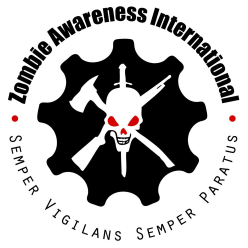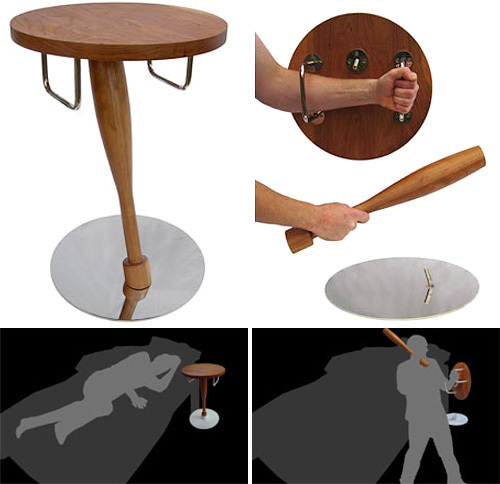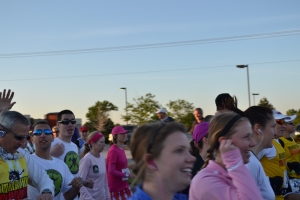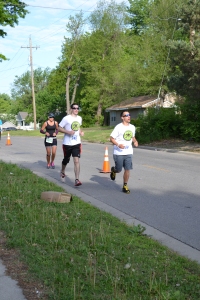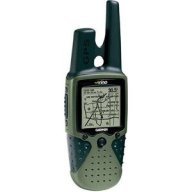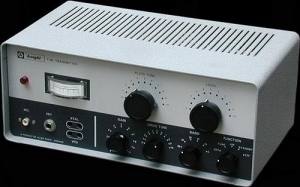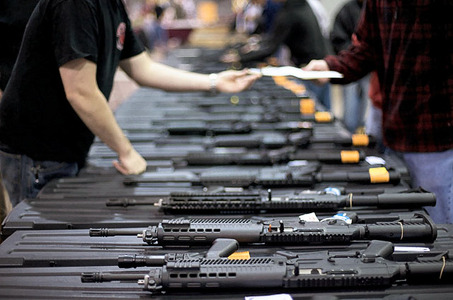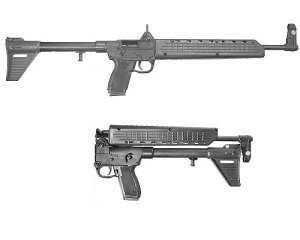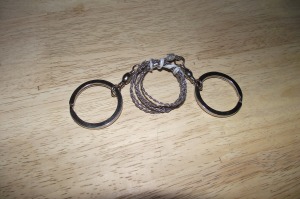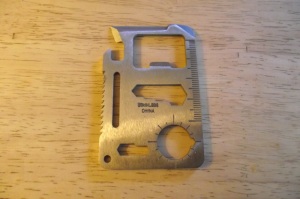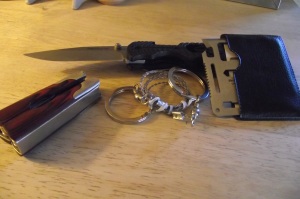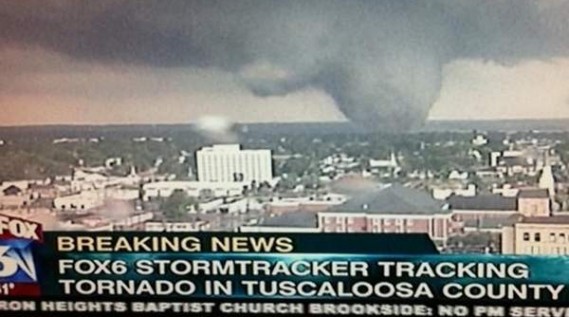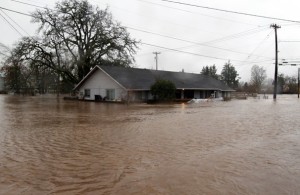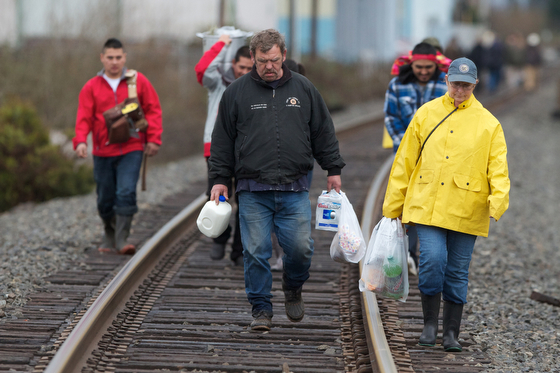With September being National Preparedness Month, we thought it would be helpful to share what you can put into a basic preparedness kit in case of a disaster or emergency situation. The first thing to get is a heavy duty plastic bin to store everything. For larger kits, you may need more than one bin to store everything. This is not a bug out bag to take and go quickly. This is a more extensive kit that you can crack open in the event you need supplies when a natural disaster or some other circumstance hits and your normal resources are unavailable. A basic emergency supply kit could include the following recommended items:
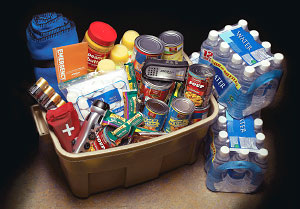 • Water, one gallon of water per person per day for at least three days, for drinking and sanitation
• Water, one gallon of water per person per day for at least three days, for drinking and sanitation
• Food, at least a three-day supply of non-perishable food, including canned goods, granola, cereal, protien bars, peanut butter, dried fruit, nuts, crackers, or MREs
• Battery-powered or hand crank radio and a NOAA Weather Radio with tone alert and extra batteries for both
• Flashlight and extra batteries, or a shake flaslight that needs no batteries
• First aid kit
• Whistle to signal for help
• Dust masks to help filter contaminated air and plastic sheeting and duct tape to shelter-in-place
• Moist towelettes, garbage bags and plastic ties for personal sanitation
• Wrench or pliers to turn off utilities, or even something like a Fubar that can double as a weapon
• Manual can opener for food
• Local maps
• Cell phone with chargers, inverter or solar charger
• At least two ways to make fire (matches, a fire starter, this, or even this)
These are some essentials that you will want to include, but you will probably want to customize your kit to suit your needs. For example, if you want to be able to cook food or boil water, you might want to include a propane stove for convenience. For babies you will need to think about diapers or formula. If you take medications or have other special needs, such as contact lenses, dentures, or feminine products (which can be used for other things like treating wounds), you will need to add those to your kit. Some other things you might consider including in your kit:
• A change of clothes for each person, including shoes and socks
• Books, games, puzzles or other activities for children (or an e-reader with charger)
• Defensive weapons in the case of looting or zombies, including ammunition
• Paper and pencil
• Pet food and extra water for your pet
• Sleeping bag or warm blanket for each person. Consider additional bedding if you live in a cold-weather climate.
• Eating utensils and plastic or paper plates
Keep your kit stored in a cool dry place, like a closet or your garage. Make sure to go through your preparedness kit at least once a year to check expiration dates and replace items where necessary. The goal is to be prepared to last several days or weeks without your normal expected routine of running water, electricity, or the ability to head to a store to buy things. If you already have what you need for the short term, you are more likely to make it in the long term. There are many other things you might find useful in an emergency. What else would you include in your preparedness kit?
– Tim
Much of this list was taken from Ready.gov, but modified to include additional useful items.
